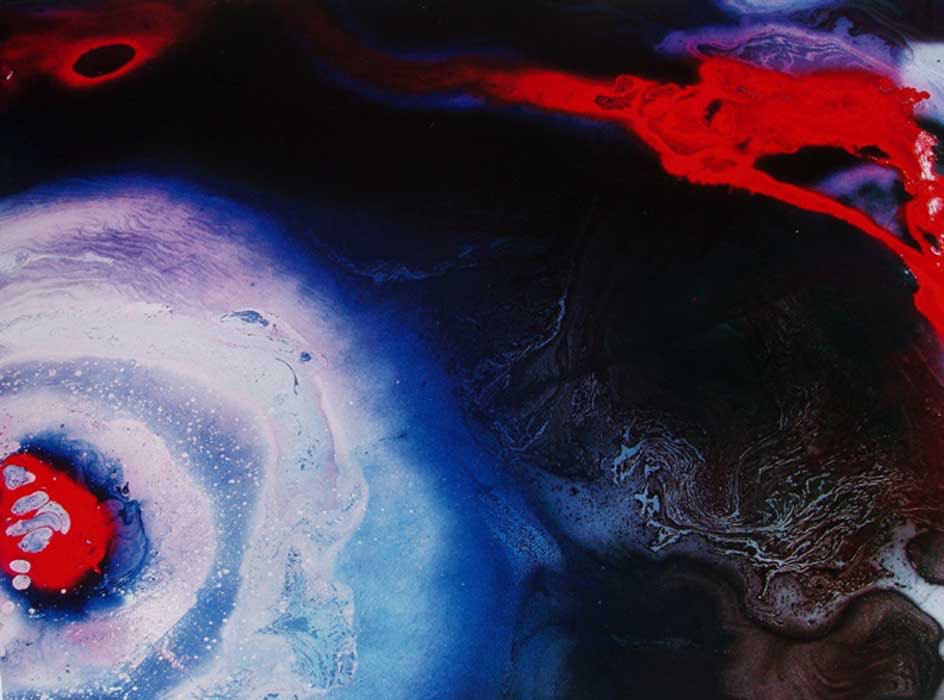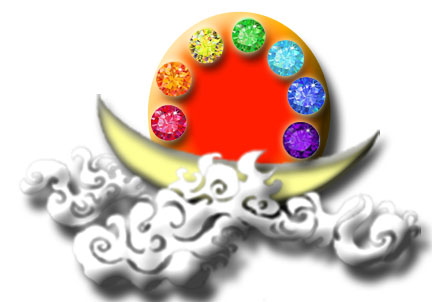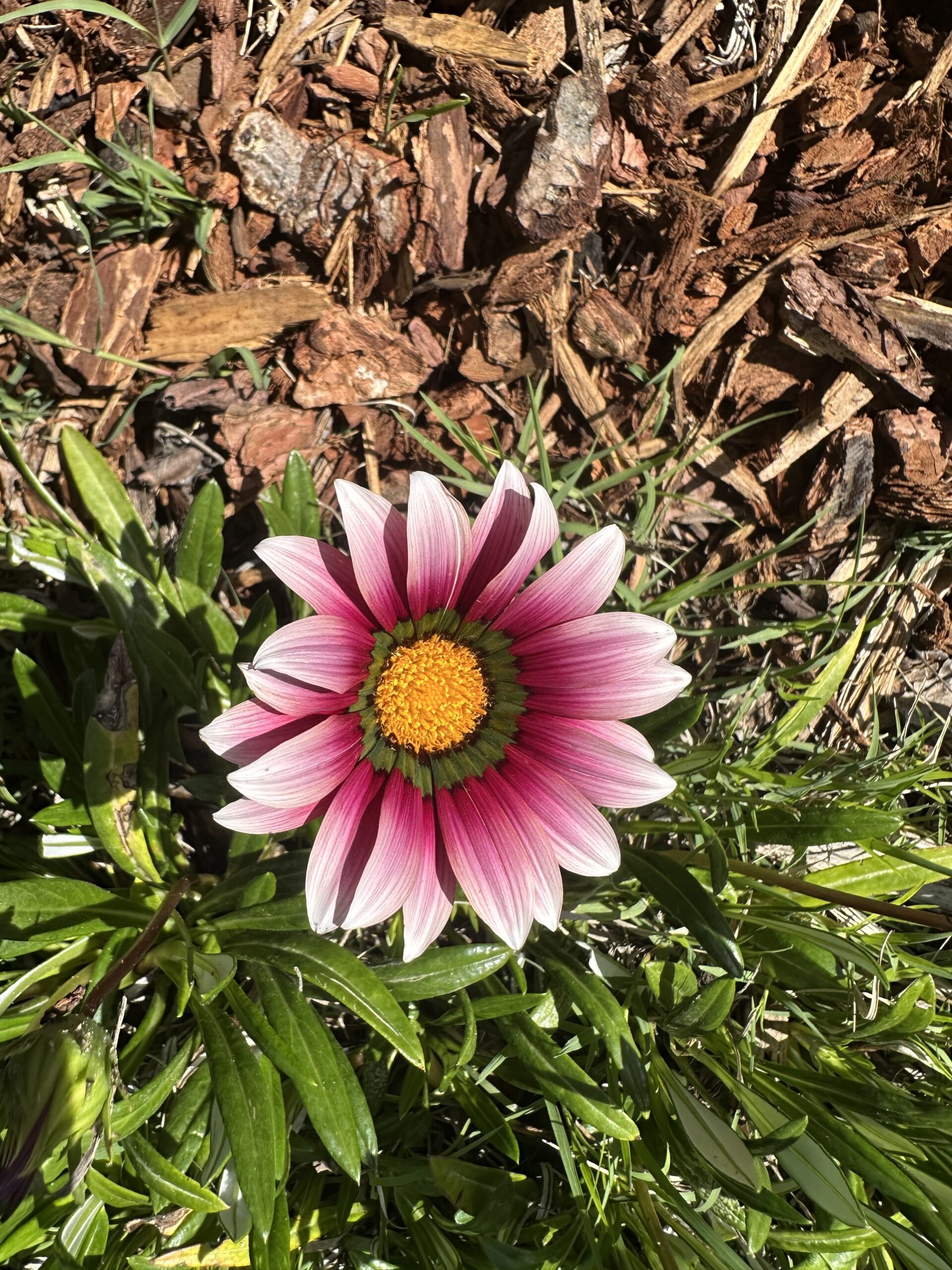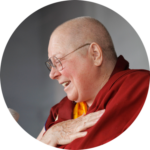
The term Buddha-Dharma is used in different ways in different contexts. It can mean our actual practice, the results and manifestations from that practice, what the Buddhas taught, or as Dorje PaMu once described it as causality—the law of cause and effect. It has other uses as well. However, H.H. Dorje Chang Buddha III gave a precise meaning of the term in His series of discourses that became the invaluable holy book Learning From Buddha. That book is not available yet in English, but preliminary translations have been used in seminars given by the Xuanfa Five Vidyas University (XFVU) in America and Asia and in other talks that I have given elsewhere. This small book is so important, that the Chinese-speaking students are required to carry the book with them and will be quizzed on their understanding of its content whenever they seek an audience with His Holiness or transmission of dharma and initiations. We English-speakers will also need to do this when it is available in English, which will hopefully be soon.
So what is Buddha-dharma? Precisely, how do you define that which can enable you to become liberated? It is the practice of a complete dharma—one that has three distinct parts: preliminary practices, sometimes called the prayoga; the main or formal practice whereby one greets, honors, and becomes a particular yidam; and the concluding or ending practice where one sees off the yidam and dedicates the merit of the formal and preliminary practices to all living beings. Such a complete dharma will include mantras, seed characters, mudras, visualizations, use of dharma instruments, and other components that are unique to the particular yidam. There are many yidams: Buddhas like Amitabha Buddha, Green Tara, Shakyamuni Buddha or Great Bodhisattvas like Kuan-Yin Bodhisattva, Sarvanivara Navishkambhin, and others who are actually ancient Buddhas.
Traditionally, a disciple will take refuge, practice certain preliminary dharmas and cultivate himself for some time before receiving a complete yidam practice with either an outer or inner tantric initiation. CLICK for more on evil views concerning Buddha-dharma and CLICK for more on Buddha-dharma and cultivation.





Marvelous And Excellent Article. Wouldn’t Its Concerned More On The Rite & Ritual Sides In The Main Or Formal And Also On The Concluding Or Ending Practices Of One Greets, Honors To Become And Sees Off A YIDAM ? Open MAHAYANA Lay Buddhists Weren’t Into These Rites & Rituals BUT The Sameness In Non-Dedications Or Dedications Of Merits. As On Those Mantras, Seed Characters, Mundras, Visualizations, And Use Of Dharma Instrucments & Others Unique Componants To Any Particular YIDAM, Are Totally Un-Known, NEW & Perfect STRANGER To Me…… What Can I Do ? Isn’t It Dishearten & Dissappointed ?
Don’t be dissapointed or disheartened. The Buddha often tells us of what we should aspire to before He transmits the actual dharma.You develop your relationship with your yidam, given your karmic conditions. If conditions mature, your yidam may come and teach you what you need to know. Practice what you can and proceed. Don’t worry about what you don’t have. The dharmas you have can enable you to progress. If you haven’t already done so, go to “True Stories about a Holy Monk.” That is how I started with this path.